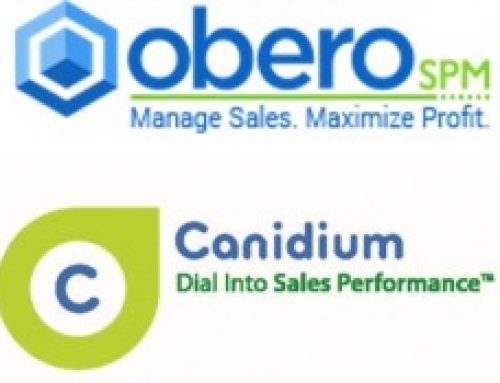Business leaders are currently facing an economic landscape where making dramatic financial acquisitions may still not be the most favored position. On the other hand, the market in some industries seems ripe for expansion. Finding a balance between outward growth and inner cultivation may find the perfect middle ground in employee incentive compensation management.
These monetary disbursements can drive employees to provide superior service and push for more sales. It can also boost engagement and make workers more loyal, further encouraging them to increase their efforts to benefit the organization. Such assets can lead to better revenue and the kind of internal growth that companies need to feel more secure today.
Encouraging better outcomes through incentives
Becker's Hospital Review reported that this model has been successful among hospital staff, where complacency among staff members has led to stagnation in some organizations. These issues show themselves in a variety of ways, according to the source, including tardiness, disinterest in patient responses and lack of follow-up care. A lack of urgency in healthcare facilities, especially those with urgent care offices, is a significant sign that something is wrong in the workplace, the source stated.
A Studer Group review showed that the majority of hospitals in the United States earn about a 70 out of 100 in terms of performance and quality of service. Over a five-year span, participants among the 26,000 centers surveyed were ranked closed to 60, citing the difficult nature of getting managers and leaders motivated as well as front-line employees.
Enhancing workforce motivation
Providing incentive compensation to top performers can shake up this model. The Hay Group wrote that some of the biggest commercial firms offer financial bonuses for personnel providing the highest levels of service and meeting their individual goals. This model can easily be applied to hospital personnel as well, encouraging staff in every department to perform to an elevated standard in order to earn specific accolades and rewards.
The source pointed out that its target group, life sciences organizations, were looking too much at their total revenue and not enough at intermittent goals. Starting gamification and encouraging landmarks along the way to overarching final outcomes makes these larger ideals easier to obtain, thereby helping employees avoid feeling burned out before they begin.



